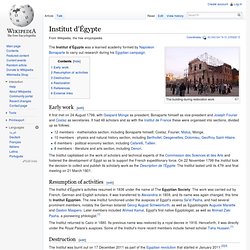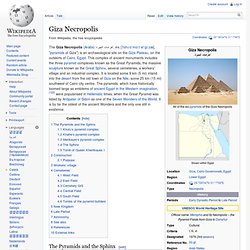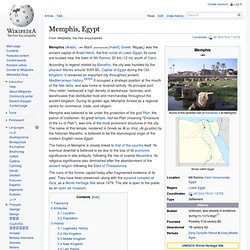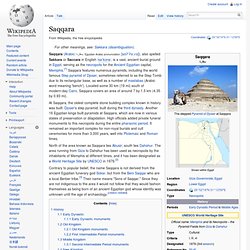

In Egypt, archaeologists open new tombs to woo tourists. Decorating the walls all around are paintings, reliefs and statues of Meresankh, draped in a leopard-skin cloak, standing beside her mother in a boat, pulling papyrus stems through the water or being entertained by musicians and singers.

Egypt’s tourism industry has been battered since last year’s revolution, but here, beside the pyramids of Giza, officials are trying to attract the visitors back. The tomb of Meresankh, whose name means lover of life, will be opened to the public for the first time in nearly 25 years later this year, while five other tombs of high priests — buried under the desert sands for decades — will be thrown open. “We want to give people a reason to come back, to give them something new,” said Ali Asfar, director general of archaeology on the Giza plateau.
Meresankh was a woman whose life was intimately bound up in the pharaoh’s incestuous rule. Her tomb lies a stone’s throw east of the Great Pyramid of her grandfather Khufu, better known as Cheops. Institut d'Égypte. The building during restoration work Early work[edit] It first met on 24 August 1798, with Gaspard Monge as president, Bonaparte himself as vice-president and Joseph Fourier and Costaz as secretaries.

It had 48 scholars and as with the Institut de France these were organised into sections, divided up as follows: 12 members - mathematics section, including Bonaparte himself, Costaz, Fourier, Malus, Monge.10 members - physics and natural history section, including Berthollet, Desgenettes, Dolomieu, Geoffroy Saint-Hilaire.6 members - political economy section, including Cafarelli, Tallien.8 members - literature and arts section, including Denon.
The Institut capitalised on the work of scholars and technical experts of the Commission des Sciences et des Arts and fostered the development of Egypt so as to support the French expeditionary force. Resumption of activities[edit] The Institut returned to Cairo in 1880. Destruction[edit] Restoration[edit] References[edit] General Specific. Giza Necropolis. The Giza Necropolis (Arabic: أهرامات الجيزة, IPA: [ʔɑhɾɑˈmɑːt elˈɡiːzæ], "pyramids of Giza") is an archaeological site on the Giza Plateau, on the outskirts of Cairo, Egypt.

This complex of ancient monuments includes the three pyramid complexes known as the Great Pyramids, the massive sculpture known as the Great Sphinx, several cemeteries, a workers' village and an industrial complex. It is located some 9 km (5 mi) inland into the desert from the old town of Giza on the Nile, some 25 km (15 mi) southwest of Cairo city centre. Memphis, Egypt. According to legend related by Manetho, the city was founded by the pharaoh Menes around 3000 BC.

Capital of Egypt during the Old Kingdom, it remained an important city throughout ancient Mediterranean history.[2][3][4] It occupied a strategic position at the mouth of the Nile delta, and was home to feverish activity. Its principal port, Peru-nefer, harboured a high density of workshops, factories, and warehouses that distributed food and merchandise throughout the ancient kingdom. Saqqara. Saqqara (Arabic: سقارة, Egyptian Arabic pronunciation: [sɑʔˈʔɑːɾɑ]), also spelled Sakkara or Saccara in English /səˈkɑrə/, is a vast, ancient burial ground in Egypt, serving as the necropolis for the Ancient Egyptian capital, Memphis.[1] Saqqara features numerous pyramids, including the world famous Step pyramid of Djoser, sometimes referred to as the Step Tomb due to its rectangular base, as well as a number of mastabas (Arabic word meaning 'bench').

Located some 30 km (19 mi) south of modern-day Cairo, Saqqara covers an area of around 7 by 1.5 km (4.35 by 0.93 mi). At Saqqara, the oldest complete stone building complex known in history was built: Djoser's step pyramid, built during the third dynasty. Another 16 Egyptian kings built pyramids at Saqqara, which are now in various states of preservation or dilapidation. High officials added private funeral monuments to this necropolis during the entire pharaonic period. North of the area known as Saqqara lies Abusir; south lies Dahshur.